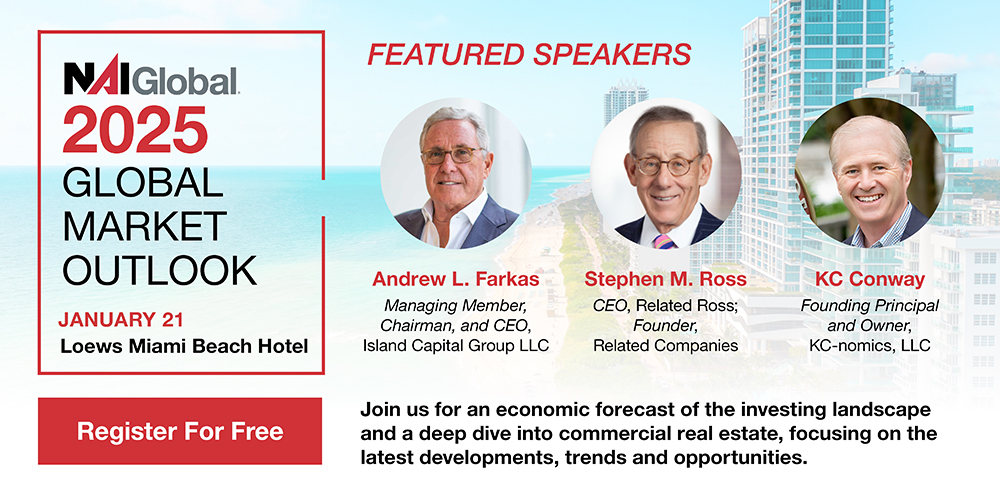CRE Terms #28: Mastering Mixed-Use
Among the major trends we’ve seen in recent years is a shift towards greater work-life balance and a growing expectation of convenience in our day-to-day. A real estate concept that epitomizes those ideals is the idea of “mixed-use,” where different areas within a development are dedicated to specific functions — allowing people to live, work, and play in adjacent spaces.
While the mixed-use concept is familiar territory for any seasoned real estate professional, the popularity of the model has been increasing as property owners and developers move to tap into growing demand.
With that in mind, this edition of CRE Terms serves as a refresher on mixed-use terminology, and the concepts and jargon you’ll find in the space.
Defining mixed-use
According to NAIOP’s official definition, a mixed-use development is one that “combines multiple land uses such as retail, office, residential or hospitality facilities that are fully integrated into one project.”
The big draw for tenants in a mixed-use facility is the fact that everything they need is on hand, reducing the need for long commutes and boosting the walkability of their living area.
Upwards and outwards
Though mixed-use developments can include any combination of property types, in general, they can be broken down into two broad categories.
Horizontal Mixed-Use refers to developments or complexes where different buildings or adjacent areas cater to different functions. Examples include hotel and office complexes that also offer adjacent restaurants and retail outlets or lifestyle complexes that combine residential with medical office, retail, and recreational amenities.
Meanwhile Vertical Mixed-Use properties layer usage by different floors. For example, having retail shops at ground level, offices on the first few floors, and multifamily units on the floors above.
Naturally, many of the largest developments defy easy classification as either one or the other. For example, New York’s “Hudson Yards,” which has been referred to as a “city within a city,” combines offices, retail, hospitality, recreation, and residential facilities in multiple buildings across a single 28-acre development.
Combined for convenience
Another common mixed-use type is Transit-Oriented Developments (TODs) which are built for easy access to public transportation, like buses or trains. That typically means these developments are within walking distance of transit hubs and prioritize pedestrian-friendly design. The fact that TODs also help commuters cut down on owning cars makes them a popular sustainability choice, with cities like San Diego embracing them as a central principle of their urban design plans.
Other recent evolutions of the mixed-use concept include offerings like experiential retail combined with wellness, or life sciences spaces combined with residential and recreational facilities.
The benefits of mixed-use
For real estate owners and investors, mixed-use properties offer several benefits that often make them a more resilient and consistent choice, especially in tricky economic waters. As a recent JPMorgan Chase article sums up: “With multiple asset classes under one roof, mixed-use properties benefit from a broad renter base,” adding “The broad appeal of mixed-use properties can help owners maintain a consistent cash flow [and] provide a buffer, as the loss of one occupant may have a minimal impact on revenue.”
Those factors contribute to making mixed-use properties a perennially popular choice among investors and make new concepts and developments in the space well worth keeping track of for any CRE professional.
That’s it for this edition of CRE Terms. But be sure to join us again soon as we delve into more of the ideas and jargon that keep the world of CRE ticking!
